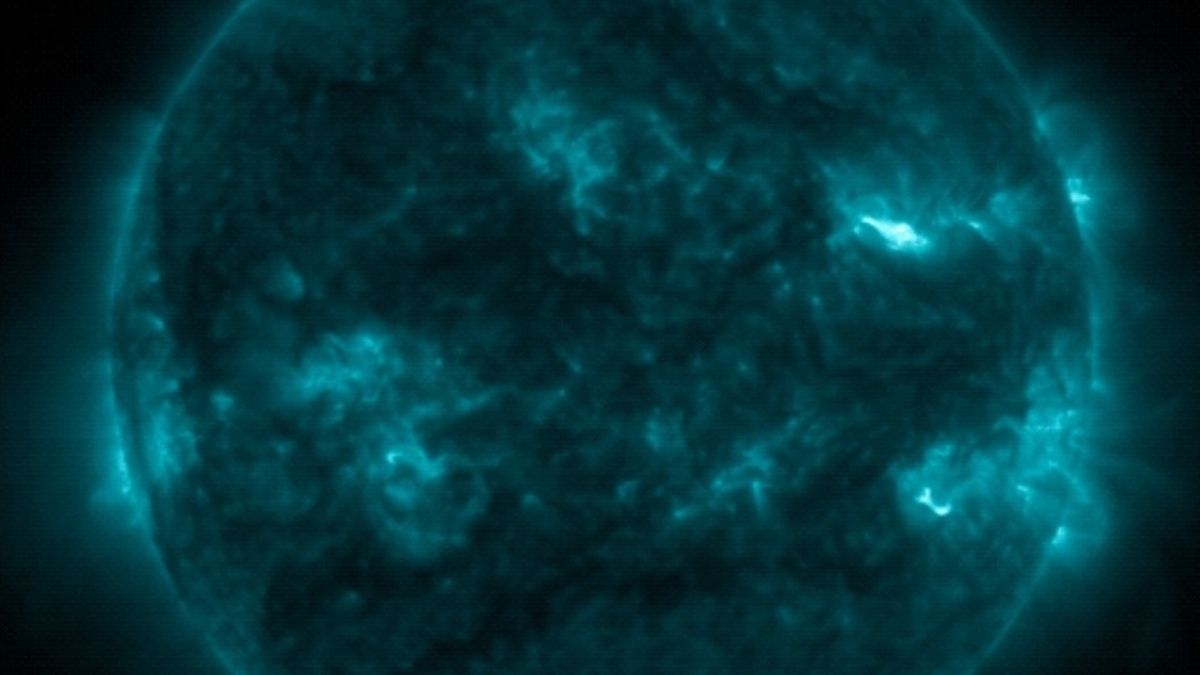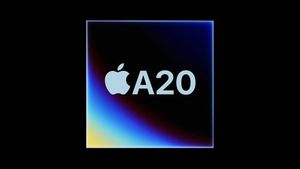JAKARTA The sun emitted strong solar flares or solar flares over the past two days. This hot flare peaked in three different times according to the observations of US institutions.
NASA says that Solar Ultraviolet Imager, a Matahari monitoring telescope belonging to the US National Administrative and Atmospheric Administration (NOAA), captured a very strong burst image on Sunday, December 29 to Monday, December 30.
The peak was seen at 14.18 WIB on Sunday and at 11.14 WIB and 11.31 WIB on Monday. The first and third bursts fall into the X1.1 flare category, while the second burst is categorized as the X1.5 flare.
When the Sun flare is categorized into the 'X' class, this burst shows very intense activity. Meanwhile, the numbers in that category explain the current solar flare strength.
Although these three solar flares are claimed to be very strong, it is not yet known whether there will be any adverse effects in space or on Earth. So far, satellites or other spacecraft are still operating, especially Wahana Surya Parker which is near the Sun.
VOIR éGALEMENT:
Based on the results of these observations, NOAA will continue to observe the condition of the Sun to find out the magnitude of the flare strength that is emitted. The bigger the flare, the greater the impact of the energy explosion in the center of the solar system.
At worst, solar flares can cause damage to technology in space, such as radio communications tools, power grids, navigation signals, and even operational spacecraft and satellites.
In addition, solar flares can also endanger astronauts working on the International Space Station (ISS) and its surroundings.
The English, Chinese, Japanese, Arabic, and French versions are automatically generated by the AI. So there may still be inaccuracies in translating, please always see Indonesian as our main language. (system supported by DigitalSiber.id)













